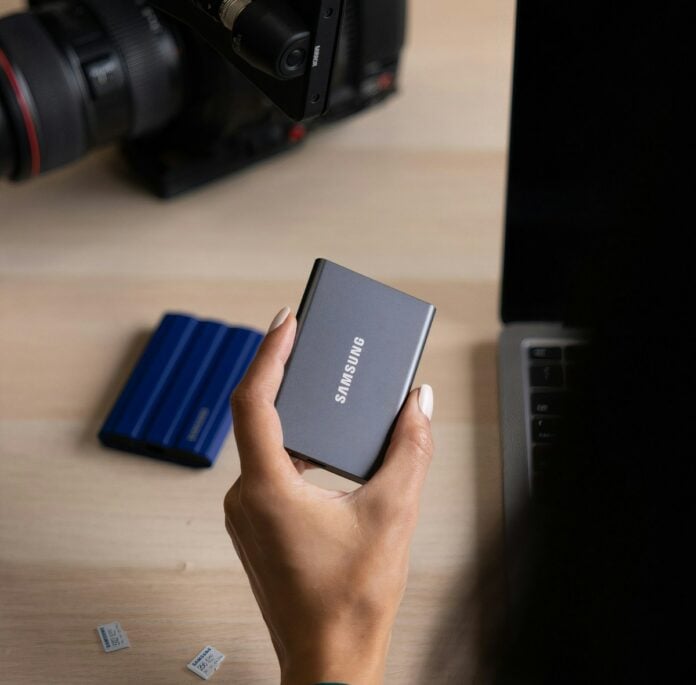The price of memory has been quite volatile over the years, with recent movements pushing the cost upwards. A recent forecast suggests that SSD and RAM price increases may have stopped, for now.
TrendForce says under the precondition of a conservative market demand prospect for 2024, pricing depends on suppliers’ production capacity utilisation. In other words, low demand and high supply capacity might stabilise pricing. At least that’s the simple answer, as it gets a little more complicated the deeper down the rabbit hole you go.
Inflation and the global economic downturn since the pandemic led to an oversupply of memory. This in turn resulted in a sharp decline in price. Consumers certainly reaped the rewards, but major conglomerates like Samsung, Micron, and SK hynix suffered massive losses in revenue. The world’s third- and fourth-leading memory manufacturers, Kioxia and Western Digital, even considered a merger to remain competitive.
Supply and demand
Last year, Samsung and Micron introduced a new strategy involving significantly reducing production, causing DRAM prices to rebound. It clearly worked in their favour, driving up chip prices by up to 20%.
Wallace C. Kou, General Manager of NAND Flash Supplier SIMO, stated that prices for the second quarter of NAND Flash have already been settled down, and it will yet again increase by 20%. Meaning, the increase could trickle down to consumers. However, Pua Khein Seng, CEO of Phison, warns that further price increases for solid-state drives (SSDs) may significantly reduce market demand. He has suggested that NAND manufacturers stop reducing production and start meeting demand, in lieu of continuing low supply to push up prices.
Thankfully, Samsung has significantly increased its operating rate at the Xi’an fab in China. It has restored the operating rate to around 70% compared to last year’s reduced production rate of 20-30%. Kioxia expects that by March of this year the utilisation rate of its NAND fab will return to around 90%, depending on demand. The remaining three major players will most likely follow suit.
Theoretically, since we in a low-demand season, this could mean that SSD and RAM prices should remain stable, at least for now. In addition, TrendForce believes that with the significant improvement in supply chain inventory levels and prices still on the rise, suppliers will continue to increase purchase orders to avoid the risk of supply shortages and rising costs.


